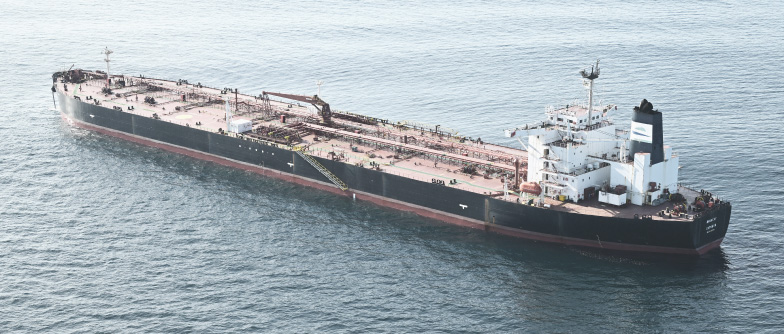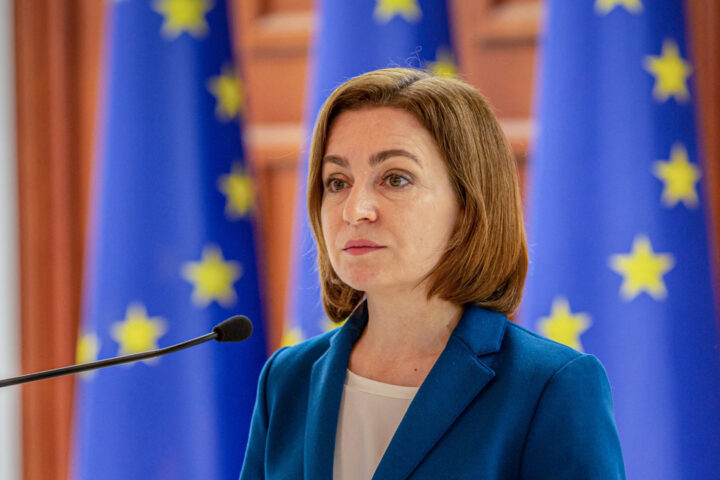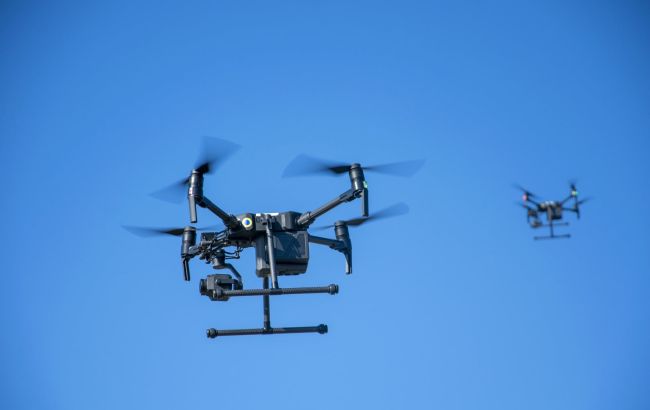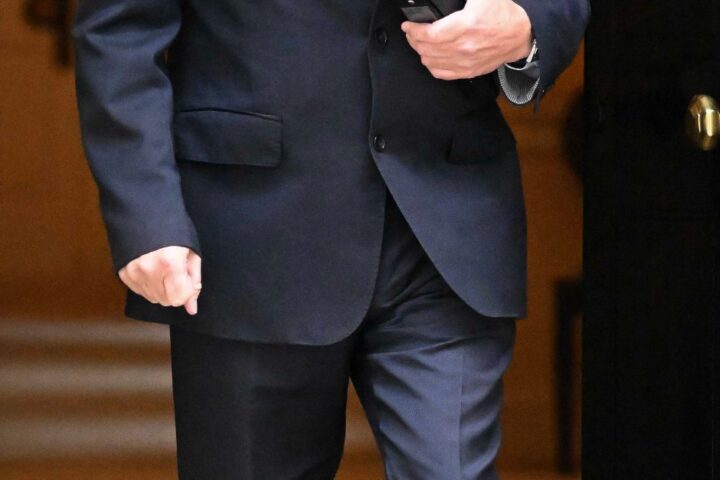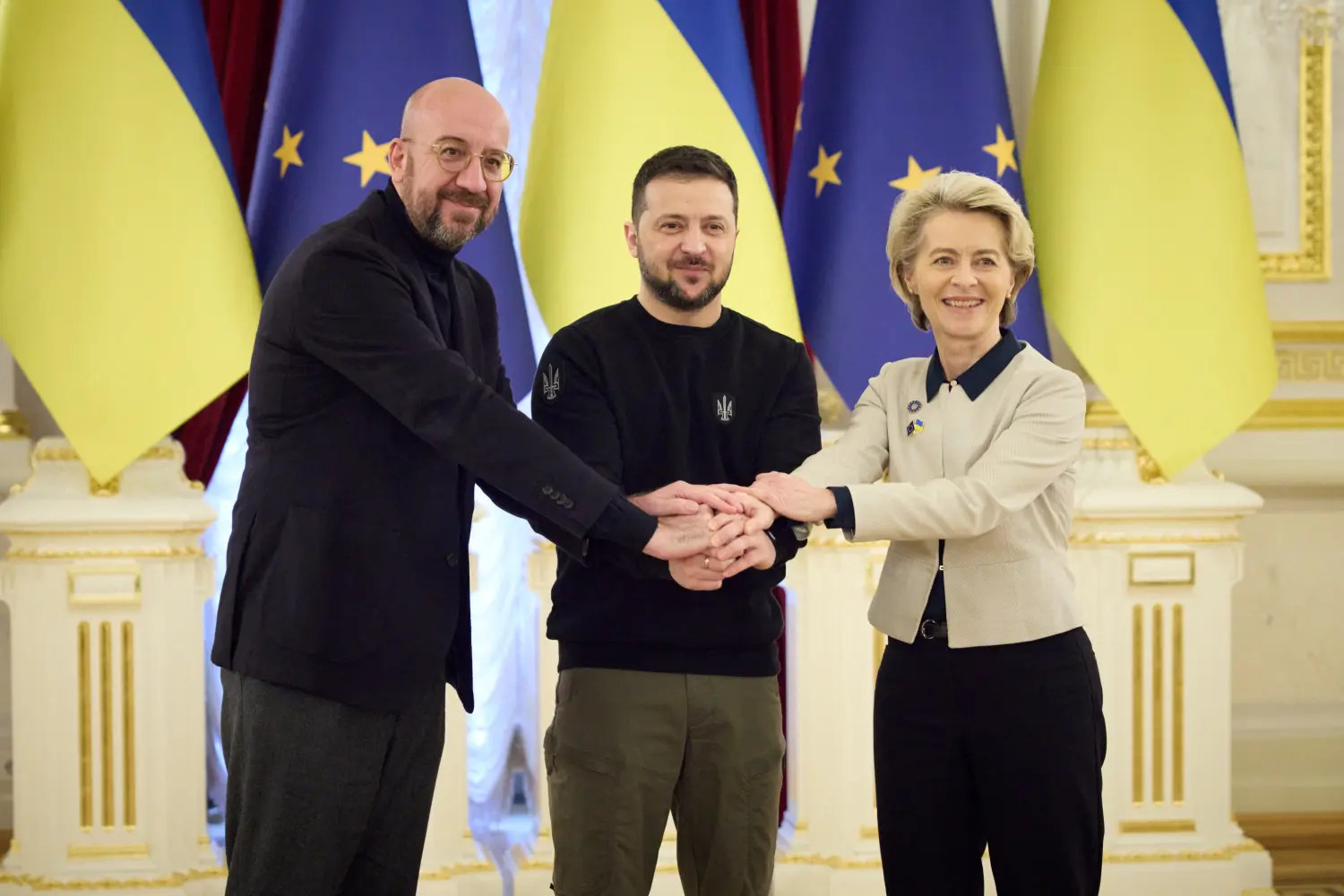Polish National Security Bureau head Sławomir Cenckiewicz revealed on October 13, 2025, that according to Western intelligence agencies, Russia is employing its so-called shadow fleet to launch drones into European airspace. These operations reportedly involve aged Russian tankers previously engaged in oil smuggling, now repurposed for reconnaissance and hybrid activities across the continent.
Drone incursions disrupt European infrastructure
Since the first sightings of Russian drones over Poland on the night of September 10, multiple European countries—including Denmark, Germany, Estonia, Lithuania, France, Sweden, Belgium, and Romania—have experienced airspace violations. At least 15 airports were temporarily closed, including Copenhagen’s Kastrup and Aalborg airports in Denmark, as well as locations near Oslo and Brønnøysund. Drones were also observed near military installations and ammunition storage sites, highlighting potential espionage or sabotage objectives.
Hybrid threats test NATO and EU readiness
Cenckiewicz emphasized that drone launches from Russian vessels allow Moscow to conduct hybrid operations while avoiding direct attribution. Such activities test NATO and EU response times and coordination among intelligence services. The repeated overflights expose vulnerabilities in European defenses, creating both security risks and operational disruptions for national infrastructure, including water and energy systems.
Cyber operations and covert financing
Alongside drone deployments, Russian hackers are reportedly waging cyberattacks against Poland, and agents are being recruited for sabotage operations, compensated via cryptocurrency. This strategy complicates tracking and countering these hybrid threats, raising concerns about a coordinated Russian approach to destabilizing European security without overt military engagement.
European political and strategic implications
Cenckiewicz’s disclosure marks one of the first direct statements by a European official linking Russia’s shadow fleet to hybrid operations. The European Parliament, in an October 8 resolution, also attributed such drone incidents to Russia. Germany’s Chancellor Friedrich Merz confirmed that Russian activity was behind drone overflights in Germany, while Ukrainian President Volodymyr Zelensky accused Moscow of employing shadow fleet vessels in the Baltic Sea to target European countries. These revelations support the need for unified EU mechanisms for monitoring, sanctions, and countermeasures against hybrid maritime threats.
Urgent call for coordinated defense
The systematic nature of these drone attacks across more than ten countries indicates a strategic pattern rather than isolated incidents. Analysts stress that Europe must implement joint early-warning systems, intelligence sharing, and enhanced maritime surveillance. Failure to respond cohesively could allow Russia to exploit the gray zone between war and peace, combining cyber threats, sabotage, and aerial provocations into a sustained hybrid campaign.
Strengthening European security frameworks
Experts recommend that EU and NATO responses move beyond symbolic measures. Practical steps include coordinated maritime monitoring of Russian shadow fleet vessels, joint intelligence operations, and active countermeasures on Russian territory where feasible. Without decisive action, Moscow’s tactics may escalate into a new hybrid conflict model blending cyberattacks, clandestine operations, and military provocations.
